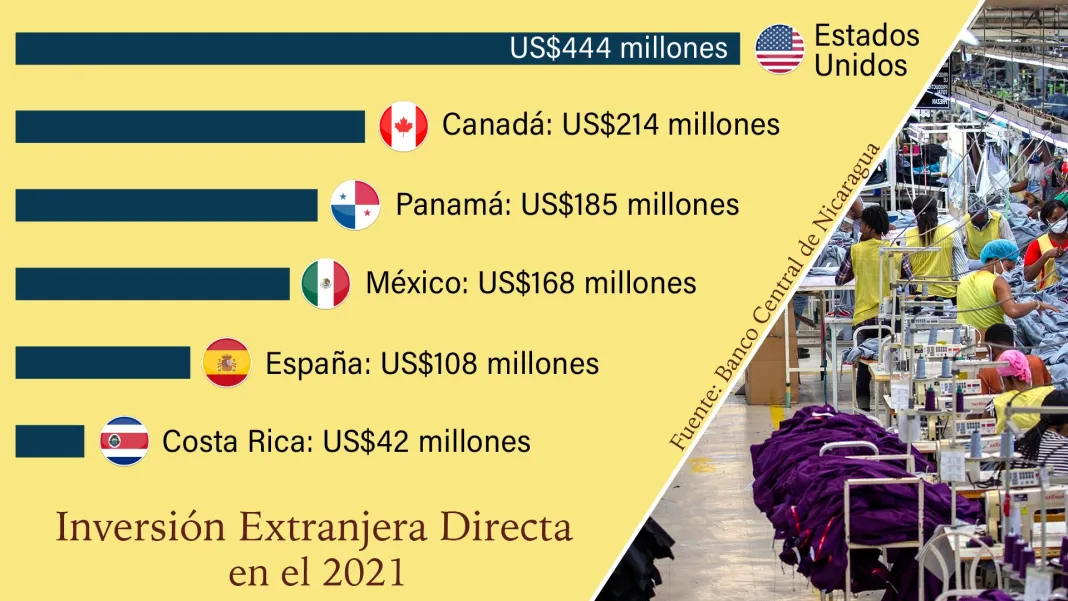The origin of covid-19, a disease caused by the SARS-CoV-2 virus, remains one of the unanswered questions to date.
Despite the fact that the World Health Organization (WHO) recorded a 14% drop in global cases of covid-19 last week, the pandemic continues, and knowing the origin of the disease would help “take collective measures to reduce the risk of this happening again, ‘Tedros Adhanom Ghebreyesus, WHO Director-General, said in March.
The issue has been in public debate especially since the beginning of 2021, when a WHO team traveled to China to investigate the origin of Covid-19.
Since then, the doubts and the need for further research have only grown. This is what we know so far.
WHO team to investigate the origins of covid-19
On January 14 , a WHO team of 17 scientists ( originally fewer entered due to to failed covid-19 tests) arrived in China to investigate the origin of the disease.
The scientists’ mission ended in February. That same month, the researcher who led the WHO team told him in CNN exclusively that indications were discovered that the outbreak was much wider in Wuhan – the city where the first cases of the disease were registered – in December 2019 of what was previously thought.
This indicated a slow emergence of data on covid-19, which added to the concerns expressed by other scientists studying the origins of the disease that it may have spread in China long before its first official appearance on 8 August. December.
The long report after the trip of the WHO team
On March 30 , the WHO published a final 120-page report that was the result of the trip to China and also the work of other institutions.
Overall, the report was written by a joint international team of 17 Chinese experts, plus 17 experts from other countries, WHO, the Global Outbreak Alert and Response Network (GOARN), and the World Organization for Animal Health. (OIE). The Food and Agriculture Organization of the United Nations (FAO) participated as an observer.
There were various findings, but the report highlighted four possible sources of the virus:
- Direct transmission from an animal source, described as “overflow.”
- Through an intermediate animal host that was infected by a bat, followed by an overflow.
- Through the consumption of frozen or refrigerated food.
- Accidental escape from a laboratory.
The report noted that direct spillover is considered a “possible to probable pathway”, while introduction of the virus through an intermediate host is considered to be a “probable to highly probable pathway”.
Regarding introduction through frozen or chilled foods, the report considered this theory as a “possible route”; meanwhile, introduction through a laboratory incident was described as “an extremely unlikely route.”
Despite the degrees of probability of each theory, Tedros commented that, “as far as WHO is concerned, all hypotheses are still on the table.”
“This report is a very important beginning, but it is not the end. We have not yet found the source of the virus, and we must continue to follow the science and leave no stone unturned. No research trip can provide all the answers, “he added.
The debate is rekindled
Discussions around the issue remained relatively calm from the March report until a couple of days ago when it was reported about possible illnesses from researchers in China , which would have occurred before the first official case on December 8.
A US intelligence report found that several researchers at the Wuhan Institute of Virology in China fell ill in November 2019 and had to be hospitalized, giving new details about the severity of their symptoms that could fuel debate about the origins. of the covid-19 pandemic.
A State Department fact sheet released by the Trump administration in January said investigators fell ill in the fall of 2019, but stopped short of saying they had been hospitalized.
- Why has the controversy about the origin of covid-19 resurfaced?
This is in some way consistent with CNN’s February exclusive in which indications of a more extensive outbreak of covid-19 than the one officially reported were revealed, which would even cover the months of October and November 2019.
On the intelligence report, the director of the Wuhan National Biosafety Laboratory told Chinese state media that the claims were “a complete lie.”
On several occasions, Dr. Anthony Fauci , the leading expert in infectious diseases in the United States, has said that the theory that the covid-9 came from a laboratory in China is just one of others that exist, which are supported by most of the people.
In late March, Fauci commented on statements by former CDC director Dr. Robert Redfield, who said he believed the new coronavirus had been created in a laboratory in China and then came out of there, not necessarily on purpose.
Fauci pointed out that this was only an opinion.
However, America’s leading infectious disease expert took the spotlight for stating that he is not convinced that COVID-19 was naturally generated.
“Certainly the people who investigated in China said it was probably direct transmission from an animal source that later infected individuals, but it could have been something else, and we have to find out. So that is the reason why I said that I am perfectly in favor of any investigation that looks for the origin of the virus.
These comments were made since May 11, but barely appeared in the media since May 24, on a par with the intelligence report.
Data that was overlooked
And we come to May 25 with the latest in the debate on the origin of covid-19.
Previously overlooked Chinese data on comprehensive animal testing for coronavirus at the time the pandemic broke out is among several areas identified for further study by WHO scientists investigating the origins of COVID-19. a source close to the team told CNN.
The source said the records are contained in a nearly 200-page annex published alongside the WHO panel’s March report that received little attention from world experts at first.
But the data that is now drawing attention may add weight to calls from critics of China for greater transparency and to the desire of the WHO team to return to the country for more studies.
No date has yet been set for the team’s return to China, but the source said any future visit to the country may involve “smaller groups supporting specific studies first.”
On the other hand, a larger group, similar to the 17 international experts who made the visit in January, could follow up, the source added.
What’s in this information that went unnoticed?
The annex to the WHO report contains multiple pieces of information that provide an intriguing perspective on China’s evolution of knowledge about the virus and the likely timing of its emergence.
The report provides details of China’s storage and destruction of COVID-19 positive samples from humans; a major influenza outbreak that emerged in December 2019, at the same time as the virus.
Also, the revelation that the first people known to have contracted the virus had contact with a total of 28 separate food and animal markets in December.
With information from Sandi Sidhu, Helen Regan, Nick Paton Walsh, Jacqueline Howard, Natasha Bertrand, Kylie Atwood, Katie Bo Williams, Zachary Cohen, Jen Christensen, Chris Cillizza


















































































